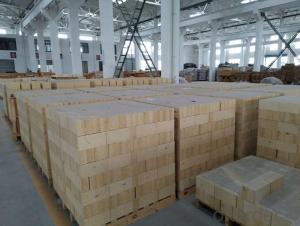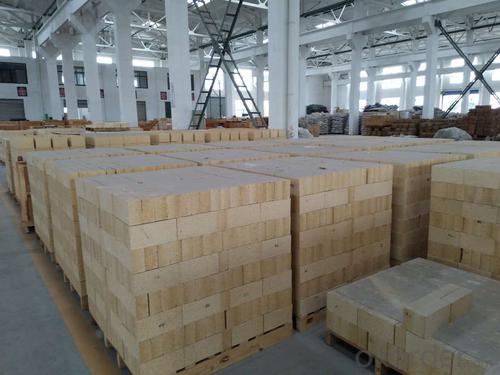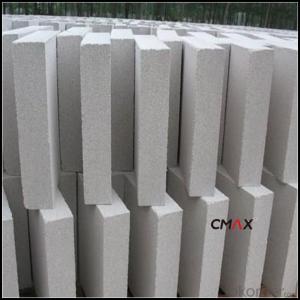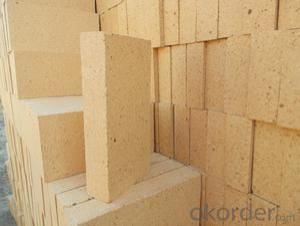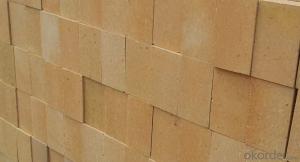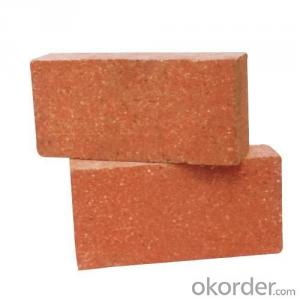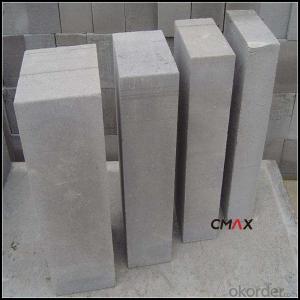Insulating Fire Brick - Heavy Duty Fireclay Insulation Brick
- Loading Port:
- Shanghai
- Payment Terms:
- TT OR LC
- Min Order Qty:
- 10 m.t.
- Supply Capability:
- 2000 m.t./month
OKorder Service Pledge
OKorder Financial Service
You Might Also Like
Specification
Fireclay Insulation Brick With Heavy Duty Fire-resistant
Product Description
Description For Fireclay Insulating Brick:
1. According the shape, it can be divided into standard brick, special-shaped brick.
2. According thecharacteristic, it can be divided into high alumina insulating brick, fire clay insulating brick, Mullite insulating brick, corundum insulating brick, etc.
3. According the application, it can be divided into building materials for blast furnace, Building materials for coke oven, Building materials for steel making furnace and so on.
Characteristics For Fireclay Insulating Brick:
1. Low thermal conductivity.
2. High strength and resistance to corrosion.
3. Low heat capacity.
4. Low shrinkage after heavy firing.
5. High insulation.
6. High refractoriness.
7. Low density.
8. Good thermal shock resistance under high temperature.
9. Thermal insulation energy-saving effect is good.
Characteristics For Fireclay Insulating Brick:
Electric furnace, blast furnace, cement kilns, Industrial furnaces
The Physical And Chemical Indicators:
Item | Clay Insulating Brick | ||||||
B-1 | B-2 | B-3 | B-4 | B-5 | B-6 | B-7
| |
Bulk Density(g/cm3) | ≥ 0.7 | ≥ 0.7
| ≥ 0.75
| ≥ 0.80
| ≥ 0.80
| ≥ 0.90
| ≥ 1.00 |
Cold Crushing Strength Mpa |
≤25
|
≤25
|
≤25
|
≤25
|
≤25
|
≤30
|
≤30
|
Thermal Conductivity (350°C)W/m.K | ≤0.30 | ≤0.35 | ≤0.35 | ≤0.45 | ≤0.50 | ≤0.55 |
≤0.55
|
Reheating Linear Change less than 2.0% °C | 900 | 1000 | 1100 | 1200 | 1300 | 1400 | 1500 |
Common sizes
Straight type | Arch type | Wedge type |
L×W×H (mm) 230×114×65 230×114×75 230×114×32 220×110×60 220×110×50 220×110×40 220×110×30 | L×W×H/h (mm) 230×114×65/55 230×114×65/45 230×114×65/59 220×110×65/50 220×110×75/65 220×110×60/40 | L×W×H/h (mm) 230×114×65/55 230×114×65/45 220×110×75/65 220×110×60/40 |
Other sizes according to customer requirements | ||
Product Details:
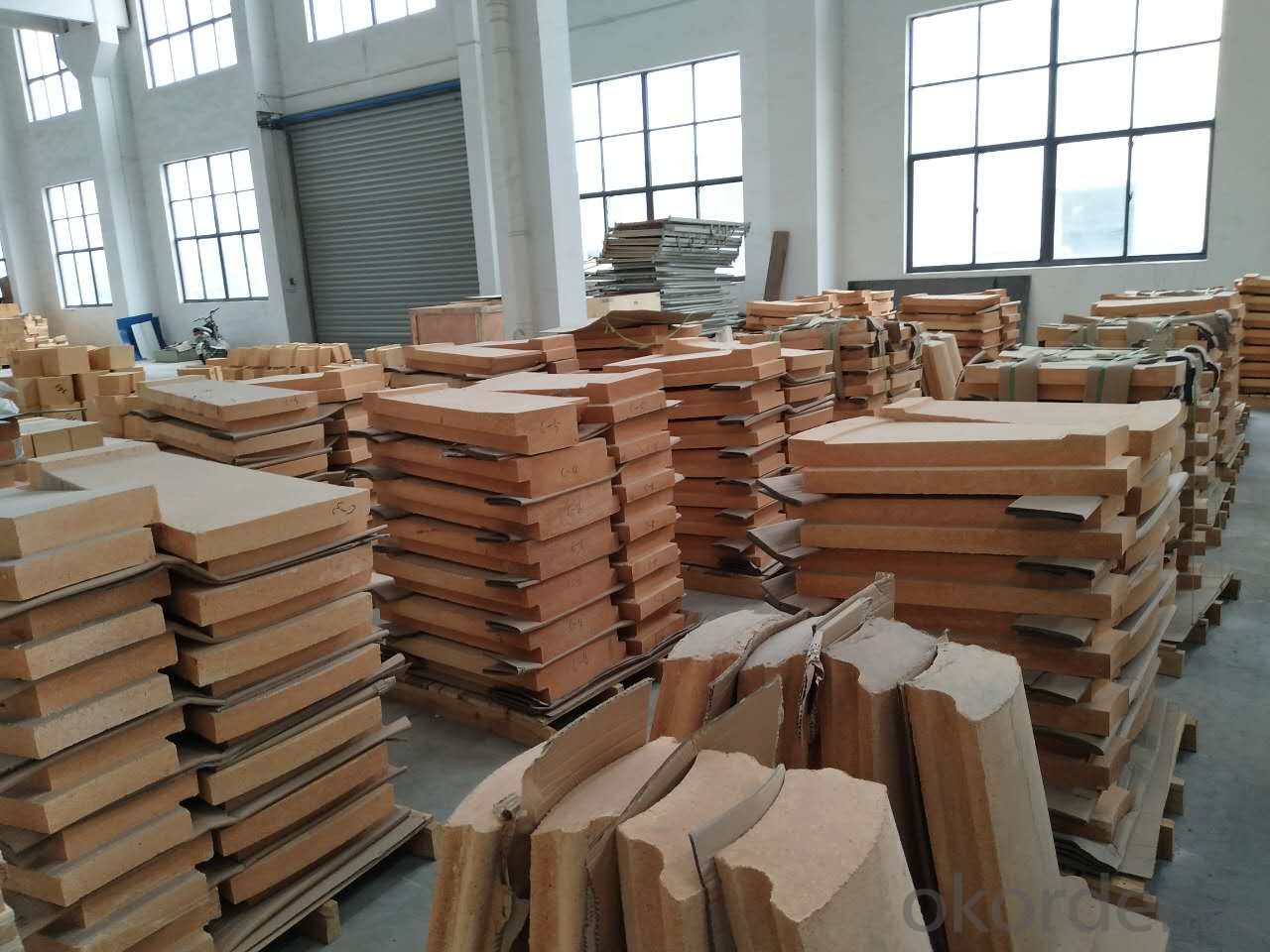

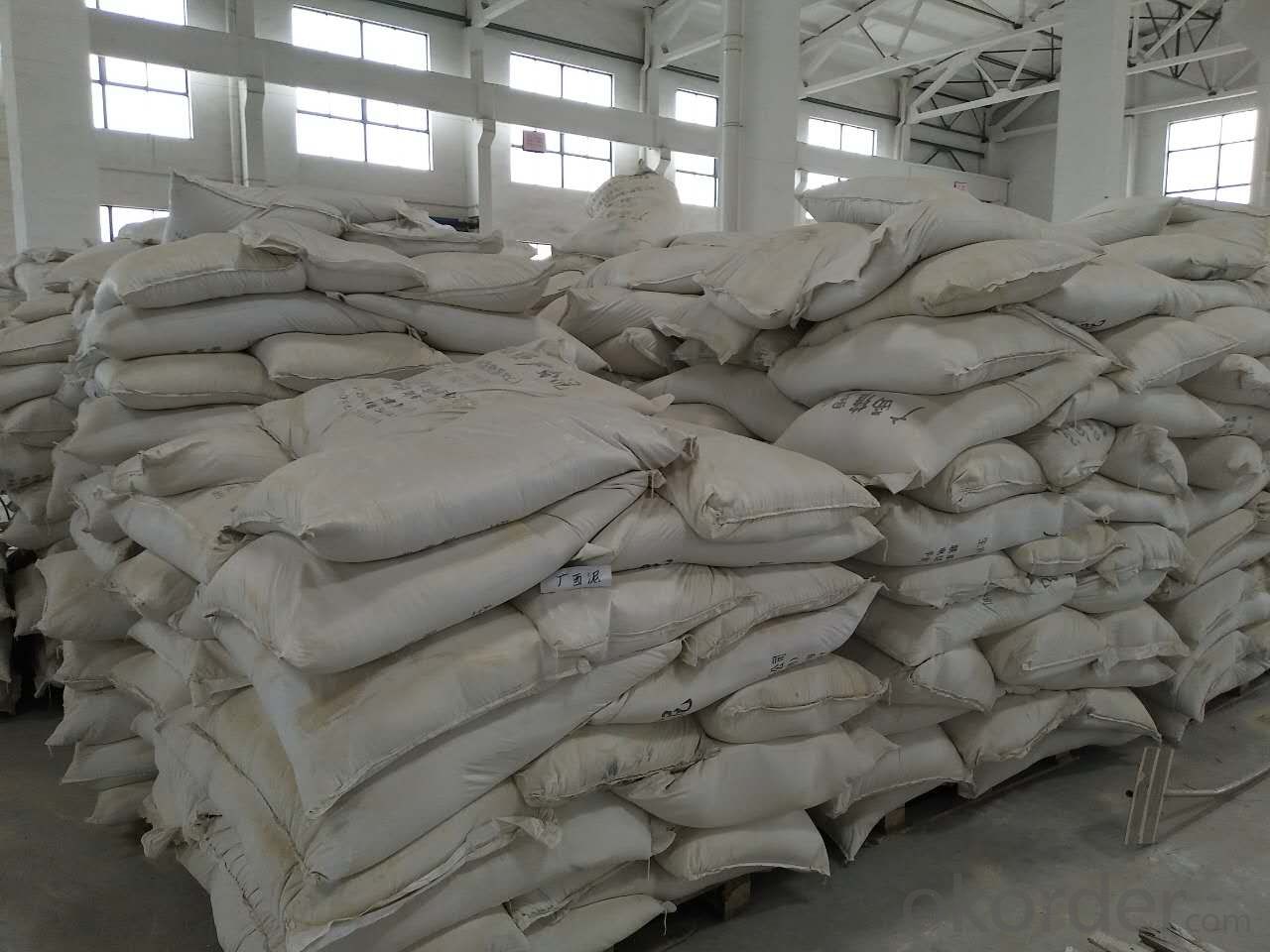
We also supply (Click on following picture if interested):
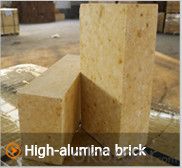 | 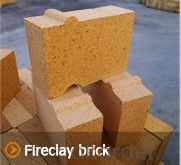 | 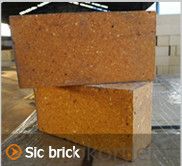 |
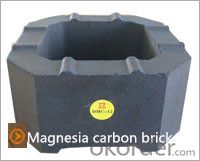 |  | 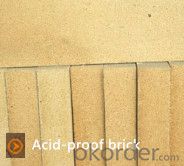 |
Our Process Quality Control:
Starting from the raw material into factory, Every production process of our product should through strict quality control, In addition to rigorous process control, our quality control team inspects the output of each process to ensure material quality and consistency. We do our best to supply the products with best quality to satisfy our customers.
FAQ
Why you need to choose us???
There is an old saying in China, newcomer is the guest.
Give us One minute, just one minute ,you can Eliminate your doubts and witness we maintain an Attitude of high seriousness and professional to solve your problems.
No.1: We are Manufacturer of refrcatory materials, so we can provide you Professional Solutions about your problems. Although our salesman cannot reply you immediately, pls leave your email or phone number, we can let our technician directly help you ASAP.
No. 2: Our Reputation built in the past years through: Russia, Iran, Vietnam and India, etc. You can always get Feedback from our customer in these countries before dealing with us.
No. 3: We have good Connection with Shipping Company, Agency, as well as the local custom and port authority. Making sure we Deliver on time.
No. 4: We have no gap in Communication, because we will help you in our Sincere Attitude.
No. 5: We can provide you the best price, and what you will get from us is our best effort in service and the hospitality that you are willing to become our Friend.
So choosing us is the right choice for you. Pls contact us no hesitation.
- Q: Can insulating fire bricks be used in outdoor fire pits?
- Yes, insulating fire bricks can be used in outdoor fire pits. Insulating fire bricks are designed to withstand high temperatures and provide excellent insulation, making them suitable for outdoor fire pits where heat retention and durability are important.
- Q: Can insulating fire bricks be cut or shaped using common tools?
- Indeed, common tools can be utilized to cut or mold insulating fire bricks. These bricks are typically composed of lightweight refractory substances like clay and minerals, making them more amenable to cutting and shaping than conventional fire bricks. To achieve the desired dimensions and design, one can employ basic tools such as a handsaw, angle grinder, or even a chisel and hammer. However, it is crucial to prioritize safety when handling insulating fire bricks by donning protective gear like gloves, goggles, and a dust mask. This precautionary measure is necessary to avert any potential health risks.
- Q: Are insulating fire bricks resistant to hydrogen sulfide?
- In general, hydrogen sulfide is not withstood by insulating fire bricks. This highly corrosive gas has the ability to react with various substances, including fire bricks. Fire bricks, although engineered to endure high temperatures, lack a specific resistance to chemical corrosion. Consequently, when fire bricks encounter hydrogen sulfide, they may deteriorate gradually, resulting in possible harm or malfunction. Hence, it is advisable to employ alternative materials specifically crafted to withstand corrosion caused by hydrogen sulfide in situations where this gas is anticipated.
- Q: Are insulating fire bricks chemically resistant?
- Insulating fire bricks exhibit a wide resistance to numerous substances chemically. These bricks are typically composed of top-notch refractory materials, including alumina, silica, or a combination of the two. These materials possess exceptional chemical resistance, thereby endowing insulating fire bricks with formidable protection against the corrosive effects of diverse chemicals. Nevertheless, it is essential to acknowledge that the chemical resistance of insulating fire bricks may vary depending on their distinct composition and manufacturing techniques. While they generally withstand most chemicals, there exists a possibility of certain aggressive chemicals or extreme circumstances potentially causing the degradation or erosion of the bricks over time. To guarantee the utmost chemical resistance of insulating fire bricks, it is advised to consult the manufacturer's specifications or seek expert counsel pertaining to specific applications. Such measures will ensure that the bricks are suitable for the intended chemical environment and will consistently perform as desired throughout their expected lifespan.
- Q: Can insulating fire bricks be used for flooring insulation?
- Insulating fire bricks excel in high-temperature scenarios like kilns, furnaces, and fireplaces, but they may not be the optimal choice for insulating flooring. Their softer and less durable nature compared to other flooring materials renders them vulnerable to damage caused by foot traffic. Moreover, they may not provide adequate support and stability for the floor, particularly in areas with heavy foot traffic. To insulate flooring, it is generally advised to use materials specifically designed for this purpose, such as foam boards, cork, or rubber underlayments. These materials possess greater resilience and durability, making them better equipped to withstand the demands of flooring applications. They also offer superior noise reduction and moisture resistance, which are crucial factors to consider when insulating flooring.
- Q: What is the typical compressive strength of an insulating fire brick?
- The compressive strength of an insulating fire brick typically varies due to differences in composition and the process used for manufacturing. On average, these bricks have a compressive strength that falls between 1,000 pounds per square inch (psi) and 3,000 psi. They are specifically engineered to endure extreme temperatures and offer thermal insulation in a range of applications, including kilns, furnaces, and fireplaces. The ability of these bricks to withstand crushing and uphold their structural integrity while under load is directly influenced by their compressive strength, making it a crucial characteristic.
- Q: Can insulating fire bricks be used in lime plants?
- Yes, insulating fire bricks can be used in lime plants. Insulating fire bricks are specially designed to have low thermal conductivity, which means they are excellent at preventing heat transfer. In lime plants, where high temperatures are required for the calcination process, insulating fire bricks can be used to line the kilns and other high-temperature areas. These bricks help to retain the heat within the lime kilns, reducing energy loss and improving overall efficiency. Additionally, insulating fire bricks are resistant to chemical attacks and can withstand the harsh conditions in lime plants, making them a suitable choice for this application.
- Q: Are insulating fire bricks suitable for use in wood-fired ovens?
- Yes, insulating fire bricks are suitable for use in wood-fired ovens. These bricks are specifically designed to withstand high temperatures, making them ideal for use in ovens or other heat-intensive applications. Insulating fire bricks have excellent thermal insulation properties, which helps to retain heat inside the oven and ensures a more efficient cooking process. Additionally, these bricks have a low thermal conductivity, meaning they transfer less heat to the external surfaces, resulting in a safer and more comfortable cooking experience. Therefore, using insulating fire bricks in wood-fired ovens can provide better heat retention, energy efficiency, and improved overall performance.
- Q: Can insulating fire bricks be cut or shaped to fit different spaces?
- Indeed, it is possible to cut or shape insulating fire bricks to suit various spaces. These bricks are crafted from lightweight materials, enabling effortless customization using ordinary tools like saws, knives, or rasps. Consequently, they can be perfectly tailored to fit fireplaces, kilns, furnaces, and other high-temperature settings. Nevertheless, it must be emphasized that caution must be exercised while cutting or shaping insulating fire bricks, as they may generate dust or debris.
- Q: Can insulating fire bricks be used as a lining for kiln cars?
- Yes, insulating fire bricks can be used as a lining for kiln cars. These bricks are designed to withstand high temperatures and have excellent insulating properties, making them ideal for use in kilns where heat retention is required. Additionally, their lightweight nature makes them suitable for use on kiln cars, which need to be moved frequently.
Send your message to us
Insulating Fire Brick - Heavy Duty Fireclay Insulation Brick
- Loading Port:
- Shanghai
- Payment Terms:
- TT OR LC
- Min Order Qty:
- 10 m.t.
- Supply Capability:
- 2000 m.t./month
OKorder Service Pledge
OKorder Financial Service
Similar products
Hot products
Hot Searches
Related keywords
